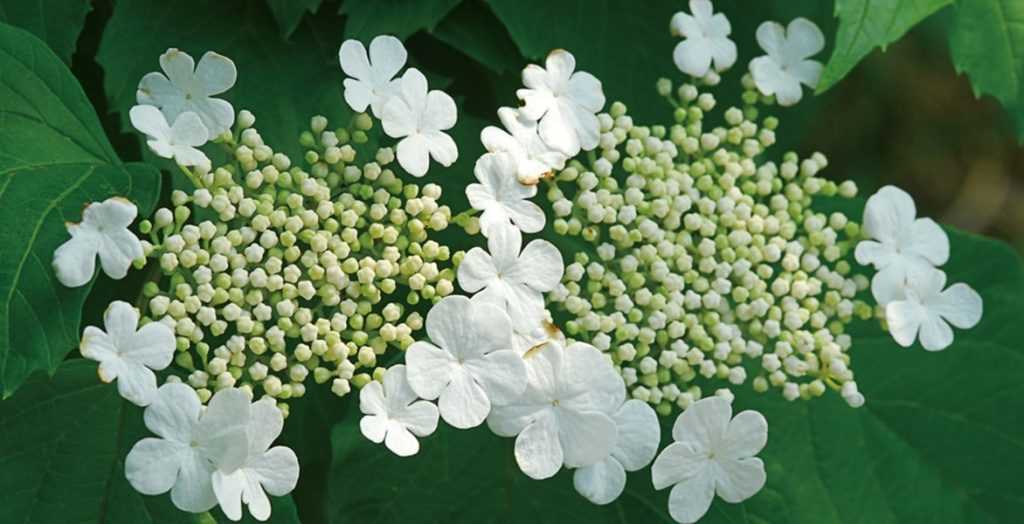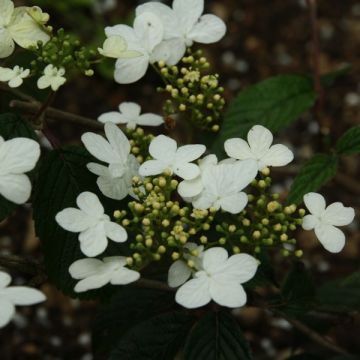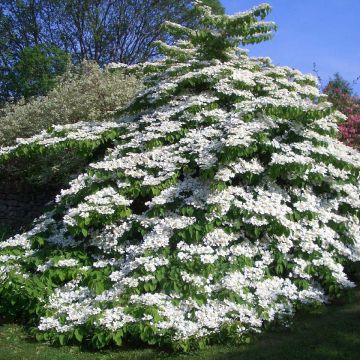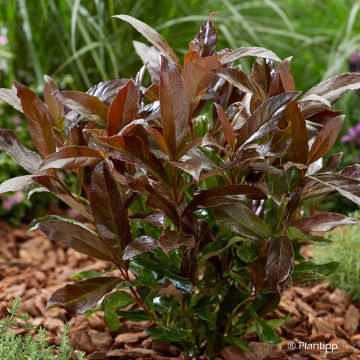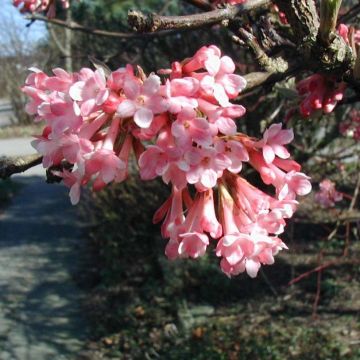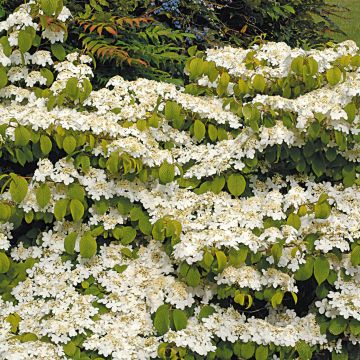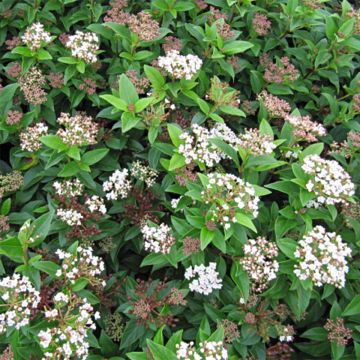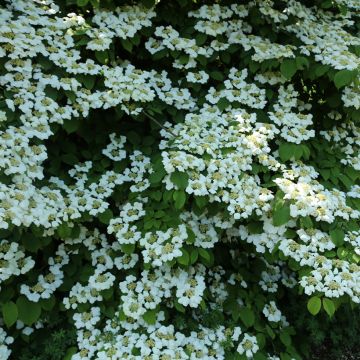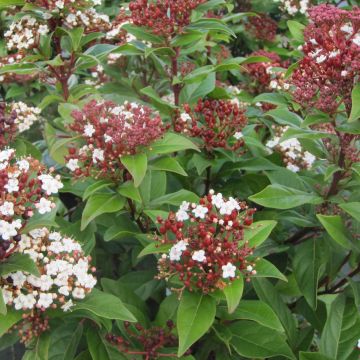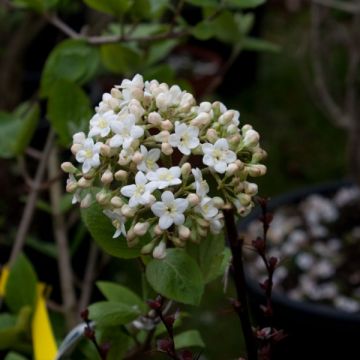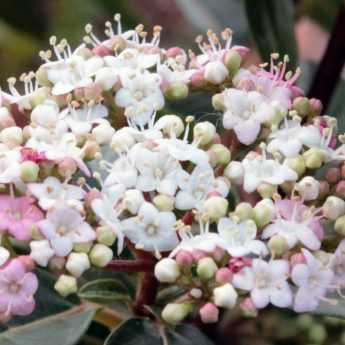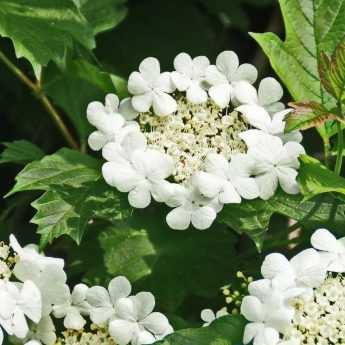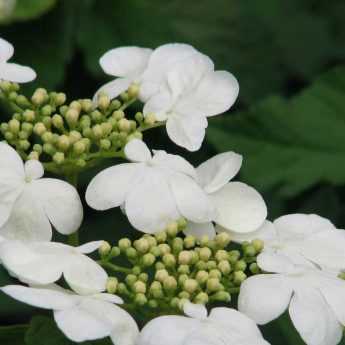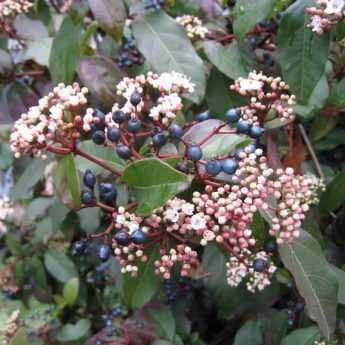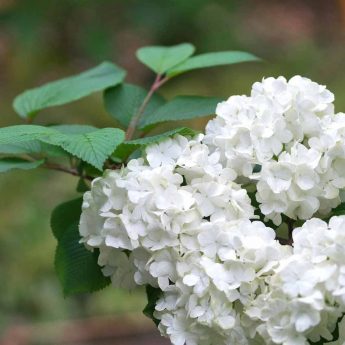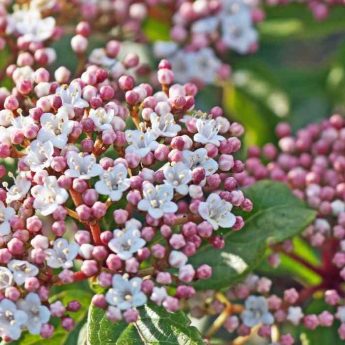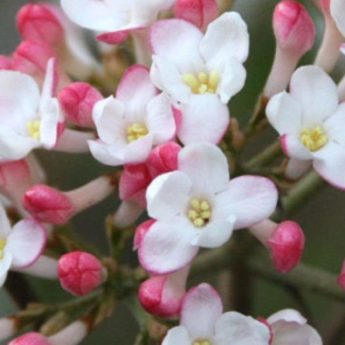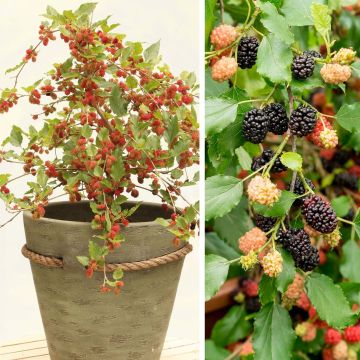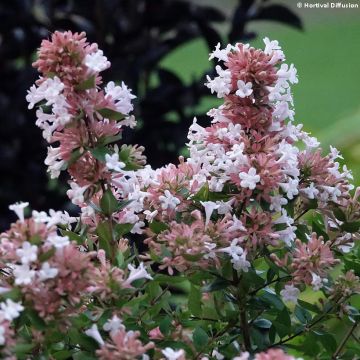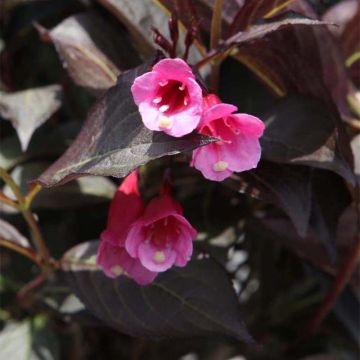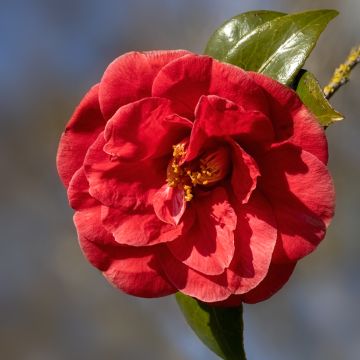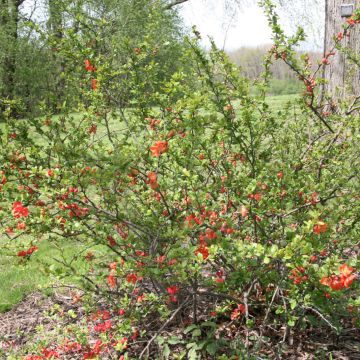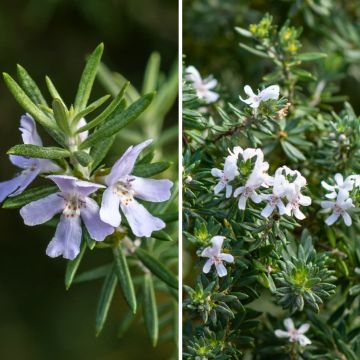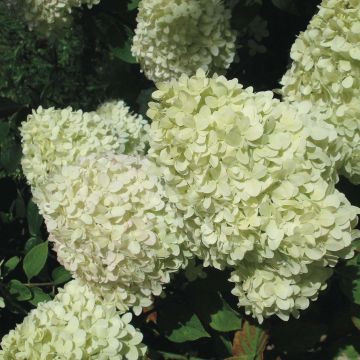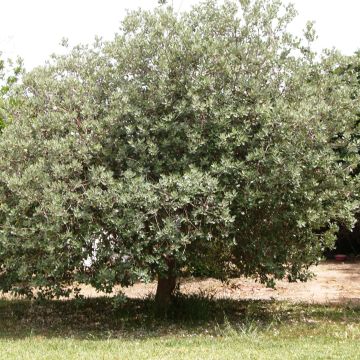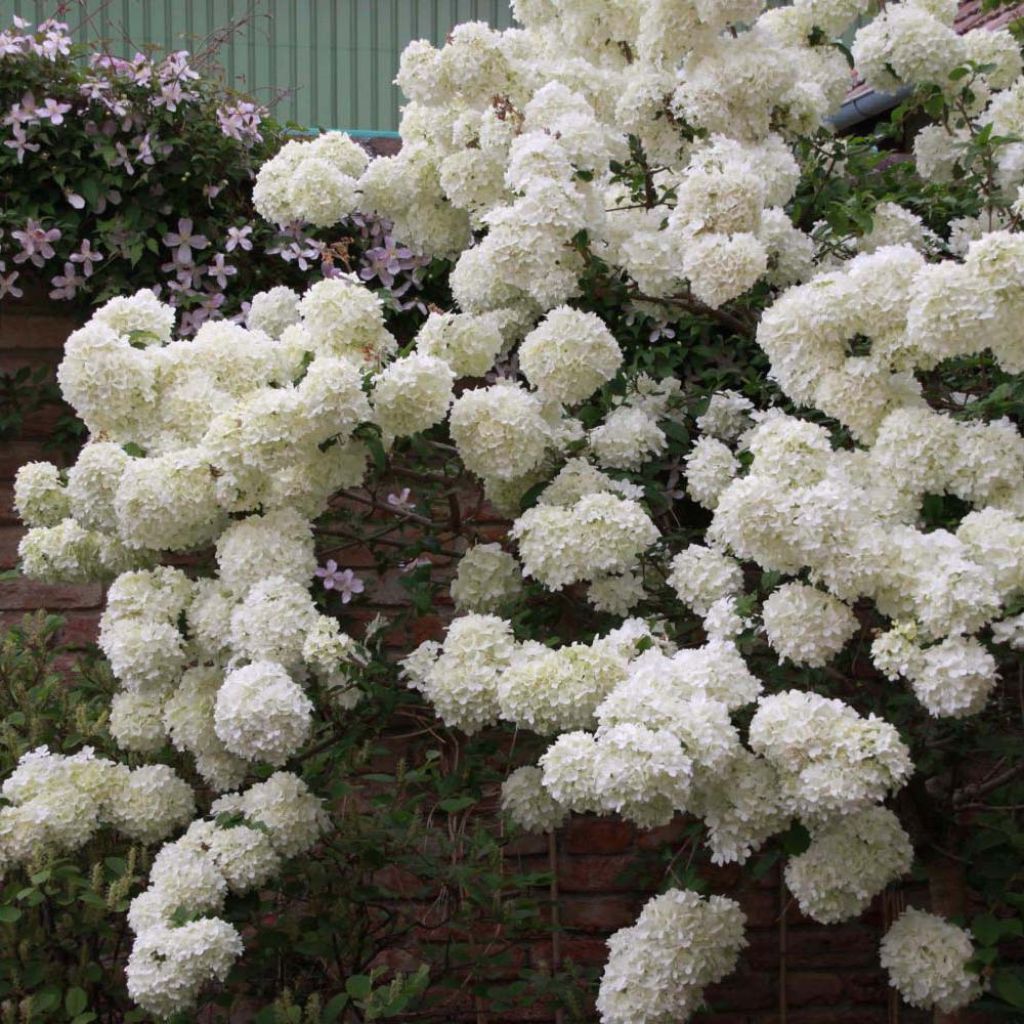

Viburnum macrocephalum Happy Fortuna - Viorne à grosse tête
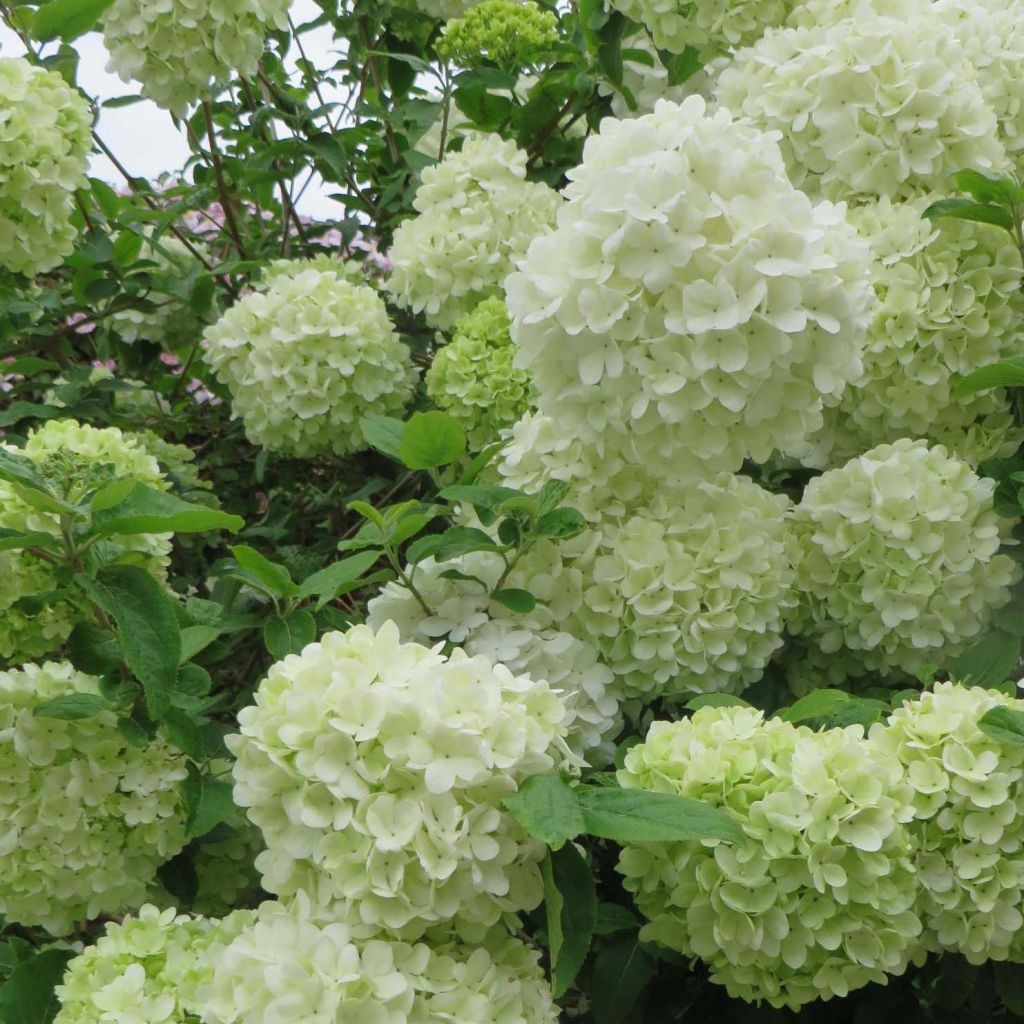

Viburnum macrocephalum Happy Fortuna - Viorne à grosse tête
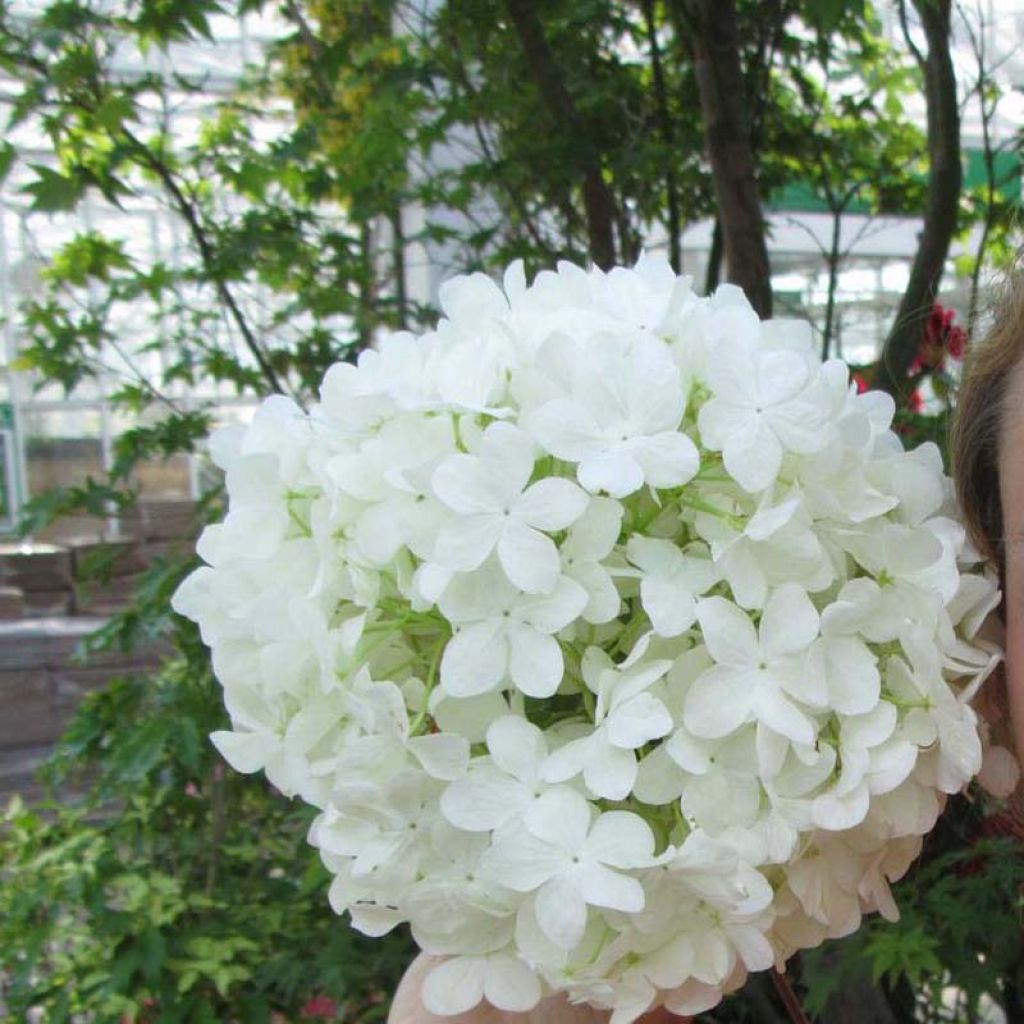

Viburnum macrocephalum Happy Fortuna - Viorne à grosse tête
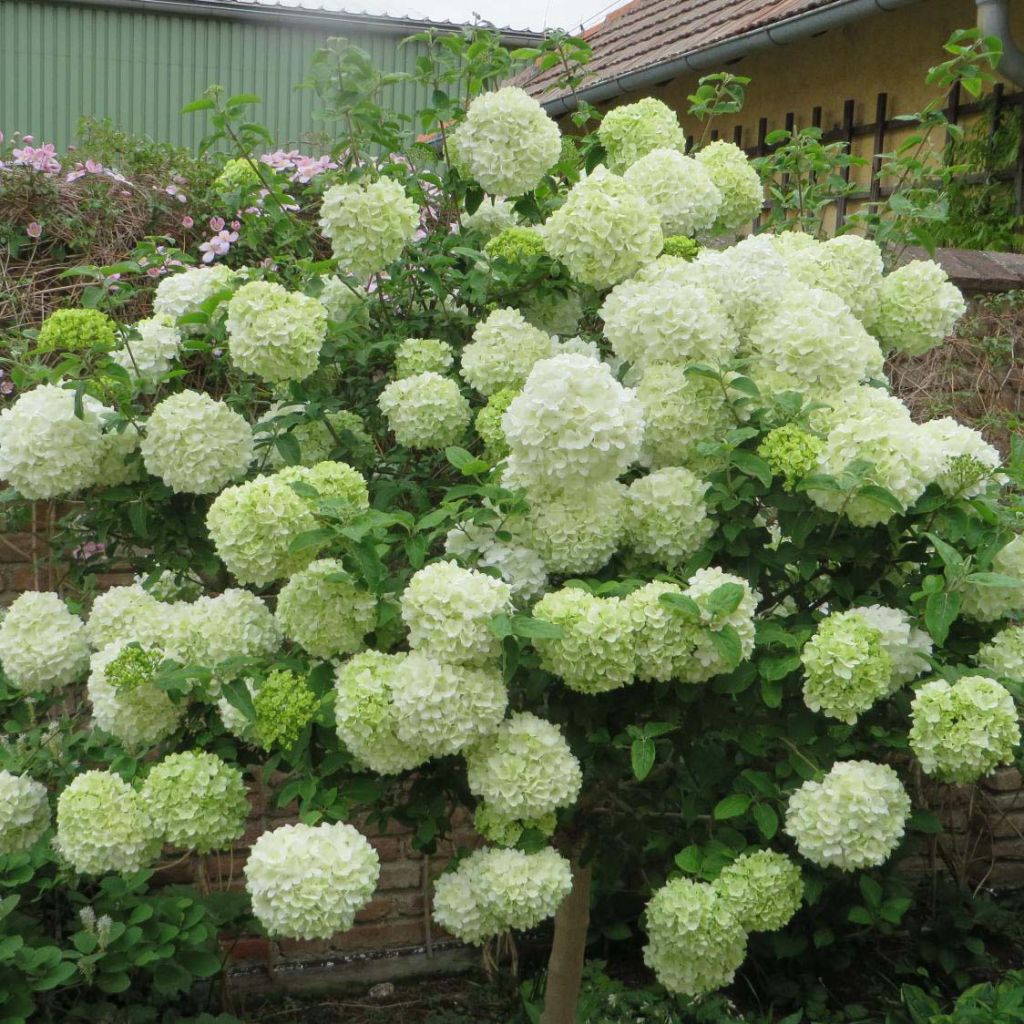

Viburnum macrocephalum Happy Fortuna - Viorne à grosse tête
Viburnum macrocephalum Happy Fortuna - Viorne à grosse tête
Viburnum macrocephalum Happy Fortuna
Viorne à grosse tête, Boule de Neige de Chine
Bien reçu le Happy Fortuna en remplacement du premier envoi catastrophique Il est en bon état, bien structuré. Il a été planté de suite. Merci pour votre réactivité et merci à Mathieu pour son accueil téléphonique
Francine, 20/11/2023
Cet article ne peut pas être expédié dans le pays sélectionné
Port dès 6,90 €
Plus d'infos
Port dès 6,90 €
Plus d'infos
Pays de livraison:
-
-
-
-
-
-
-
-
-
-
-
-
-
-
-
-
-
-
-
-
-
-
-
-
-
-
-
-
-
-
-
-
Programmez la date de votre livraison,
et choisissez votre date dans le panier
Garantie de reprise de 24 mois sur cette plante
Plus d'infos
Nous garantissons la qualité de nos plantes durant un cycle végétatif complet.
Nous remplaçons à nos frais toute plante n'ayant pas repris dans des conditions climatiques et de plantation normales.
A partir de 7,90 € pour une livraison en relais et 6,90 € pour une livraison à domicile
Livraison express à domicile en 24-48h: 8,90 €.
Cette plante est-elle adaptée à mon jardin ?
Je crée mon profil Plantfit →
Description
Le Viburnum macrocephalum 'Happy Fortuna', également appelé Viorne à grosse tête ou encore Boule de neige chinoise, est une belle nouveauté américaine. Cet arbuste caduc à semi-persistant, au port érigé, est doté d'énormes inflorescences sphériques d'abord vert lime devenant blanc pur qui recouvrent son feuillage sombre de mai à juin, offrant un spectacle éblouissant dans les massifs. La féerie se poursuit en automne, lorsque ses belles feuilles ovales s'animent de coloris flamboyants. Cette cousine de la fameuse Viorne boule de Neige présente la caractéristique de produire uniquement des fleurs stériles, et donc pas de fruits. Très rustique, elle pousse dans tout sol profond, fertile et frais, au soleil ou à mi-ombre.
Le Viburnum macrocephalum est une viorne montagnarde appartenant à la famille des caprifoliacées orriginaire des forêts du centre de la Chine où on le trouve à une altitude comprise entre 400 et 1000 m. Dans son environnement naturel, il pourra atteindre 4 m de haut, mais ses dimensions seront plus modestes sous nos climats.
La variété 'Happy Fortuna', récemment obtenue aux Etats-Unis, est un arbuste au port érigé et arrondi de 1.50 à 2.50 mètres de hauteur pour une envergure de 1 à 2 mètres. Ses inflorescences qui paraissent en fin de printemps ressemblent à d'énormes boules d'hortensia, composées d'une multitude de fleurons stériles d'une teinte vert clair à l'épanouissement, devenant ensuite d'un blanc immaculé. Les bourgeons nus et pubescents sont visibles en hiver sur les jeunes rameaux velus eux-aussi. Son feuillage ovale et coriace persiste parfois l'hiver en climat doux. Les feuilles longues de 10 cm environ montrent une teinte vert sombre, puis elles se colorent de rouge et de jaune à l'automne; son intérêt ornemental au jardin est donc double. L'écorce de cet arbuste est gris-brun à gris-blanchâtre.
Tout à fait rustique, la viorne à grosse tête se plaît en situation ensoleillée ou de mi-ombre. Si la beauté évidente de sa floraison ne peut laisser indifférent, cet arbuste ne lasse pas; il s'efface une fois défleuri, en toute modestie, devant les arbustes à floraison estivale, pour réapparaître en automne sous un manteau flamboyant. On l'utilisera en isolé pour attirer les regards dans les petits jardins, en haies libres ou en massif, pour créer une belle toile de fond en compagnie des lilas, weigelias et des hortensias dans les jardins plus grands. Ses merveilleuses cymes sphériques peuvent entrer dans la compostions des bouquets printaniers, accompagnées de pivoines et d'iris.
Viburnum macrocephalum Happy Fortuna - Viorne à grosse tête en images...
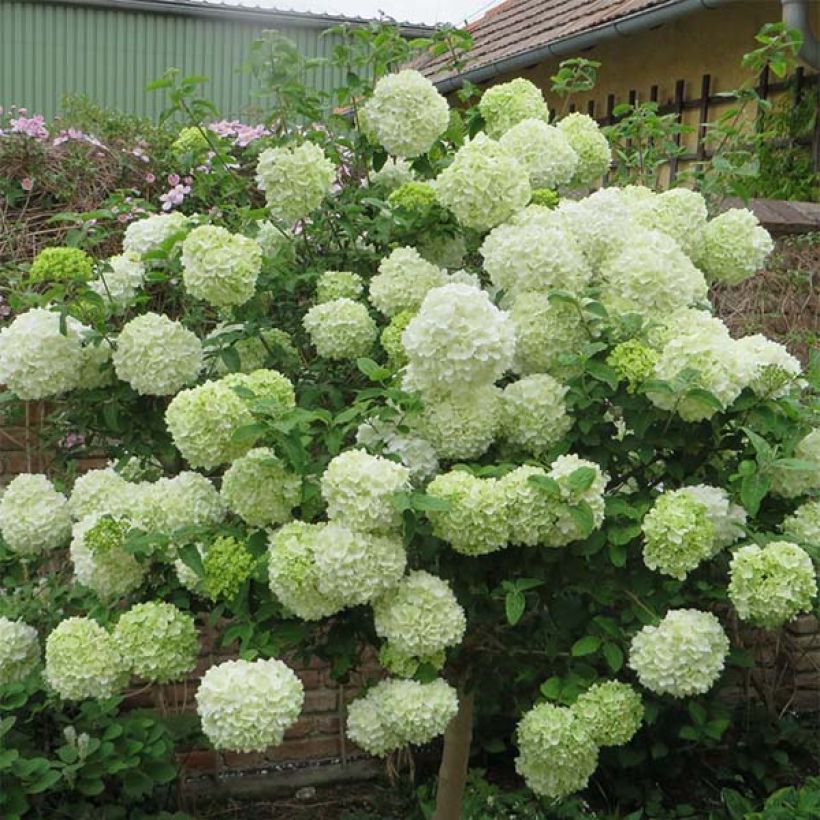

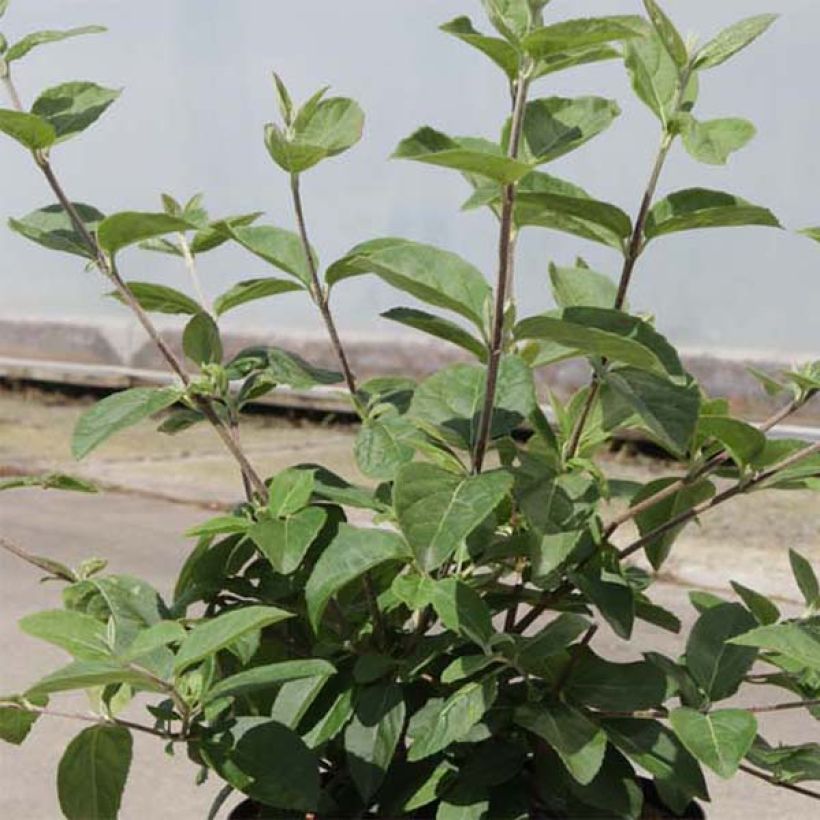

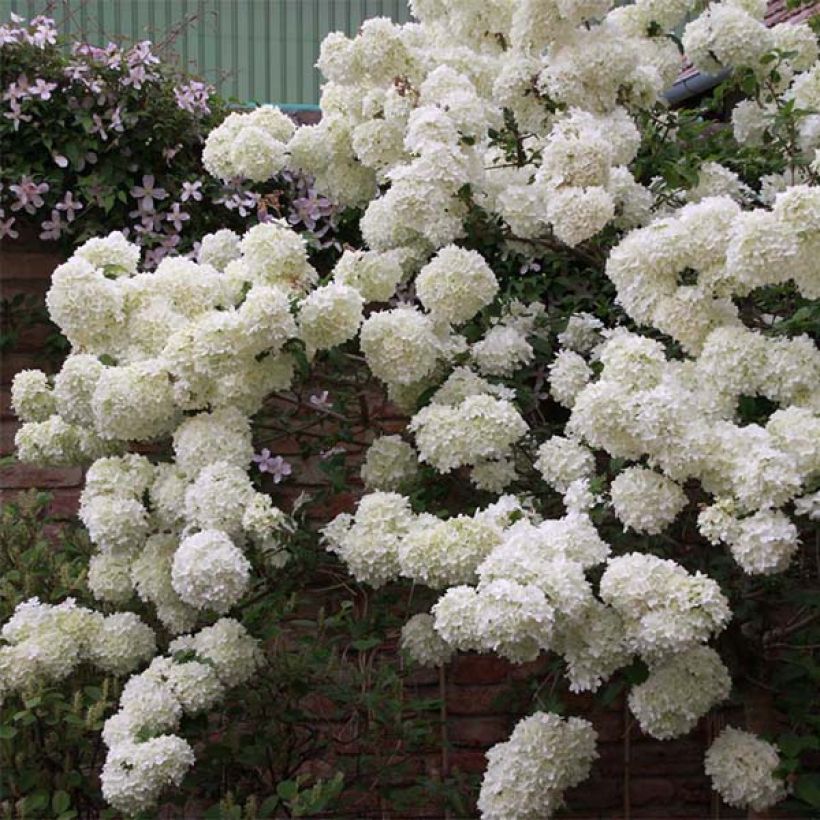

Port
Floraison
Feuillage
Botanique
Viburnum
macrocephalum
Happy Fortuna
Caprifoliaceae
Viorne à grosse tête, Boule de Neige de Chine
Horticole
Autres Viorne - Viburnum
Plantations et soins
Le Viburnum macrocephalum 'Happy Fortuna' se plaît en situation ensoleillée ou à mi-ombre. Plantez-le dans un sol profond, frais, léger, humifère et évitez les sols trop calcaires. Ajouter de la terre de bruyère au substrat de plantation si nécessaire. Un arrosage abondant après la plantation et au cours des quelques semaines qui suivent sont implantation lui assurera une bonne reprise.
Quand planter ?
Pour quel endroit ?
Soins
Nos conseils plantation et soins
La Viorne ou Viburnum hillieri 'Winton'
notre spécialiste
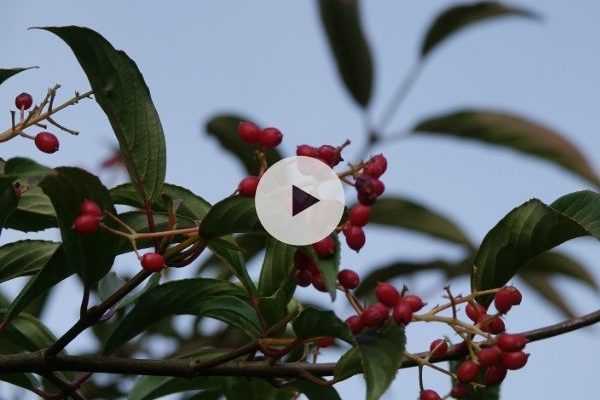
Arbustes de haie
Vous n'avez pas trouvé votre bonheur ?
La rusticité est la température hivernale la plus basse qu'une plante puisse endurer sans subir de dommages sérieux, voire mourir. Cette rusticité est toutefois affectée par l'emplacement (zone abritée, comme un patio), les protections (voile d'hivernage) et le type de terre (la rusticité est améliorée par un sol bien drainé).

Conditions Générales d'Utilisation du Service Photos Client
Dans le but de favoriser l’interaction et le partage d'expériences entre jardiniers, Promesse de fleurs propose différents services permettant le dépôt de contenus sur son Site – via notamment le module « Partage de photos».
L’Utilisateur s’interdit de:
- Publier tout contenu illégal, préjudiciable, injurieux, raciste, incitant à la haine, révisionniste, contraire aux bonnes mœurs, portant atteinte à la vie privée ou portant atteinte aux droits privatifs de tiers, notamment le droit à l’image des personnes et des biens, le droit de propriété intellectuelle ou le droit au respect de la vie privée
- Déposer des contenus pour le compte d’un tiers
- Usurper l’identité d’un tiers et/ou publier toute information personnelle d’un tiers
D'une manière générale, l’Utilisateur s’engage à s’abstenir de tout comportement contraire à l’éthique
L’ensemble des Contenus (notamment textes, commentaires, fichiers, images, photos, vidéos, œuvres, etc… ), éventuellement soumis à des droits de propriété, propriété intellectuelle, droit à l’image ou autre droit privatif restent la propriété de l’Utilisateur, sous réserve des droits limités accordés par la licence définie ci-dessous à Promesse de fleurs. Les Utilisateurs sont libres de publier ou non de tels Contenus sur le Site via notamment le service « Partage de photos » et acceptent que ces Contenus deviennent publics et librement accessibles notamment sur Internet.
Ils reconnaissent, s’engagent et garantissent disposer de l’ensemble des droits et autorisations nécessaires pour une telle publication sur le Site, notamment au titre de la législation en vigueur et des droits au respect de la vie privée, de propriété, de la propriété intellectuelle, à l’image, des contrats ou de toute autre nature. Par une telle publication sur le Site, les Utilisateurs ont conscience d'engager leur responsabilité en tant qu'éditeur du Contenu au sens de la loi, et accordent sur le dit Contenu, pour toute la durée de publication, à Promesse de fleurs, une licence non exclusive, gratuite, mondiale, incluant les droits de reproduction, de représentation, de chargement, d’affichage, d’exécution, de transmission, de stockage.
Les Utilisateurs autorisent également que leur nom puisse être associé au Contenu et acceptent que cette association ne soit pas toujours faite.
Par leur publication, les Utilisateurs autorisent qu'un Contenu puisse devenir automatiquement accessible sur internet, notamment sur d'autres sites et/ou blogs et/ou pages web du site Promesse de fleurs incluant notamment les pages des réseaux sociaux et le catalogue de Promesse de fleurs.
Les utilisateurs peuvent librement obtenir le retait des contenus confiés, en contactant le service client via le formulaire de contact

































